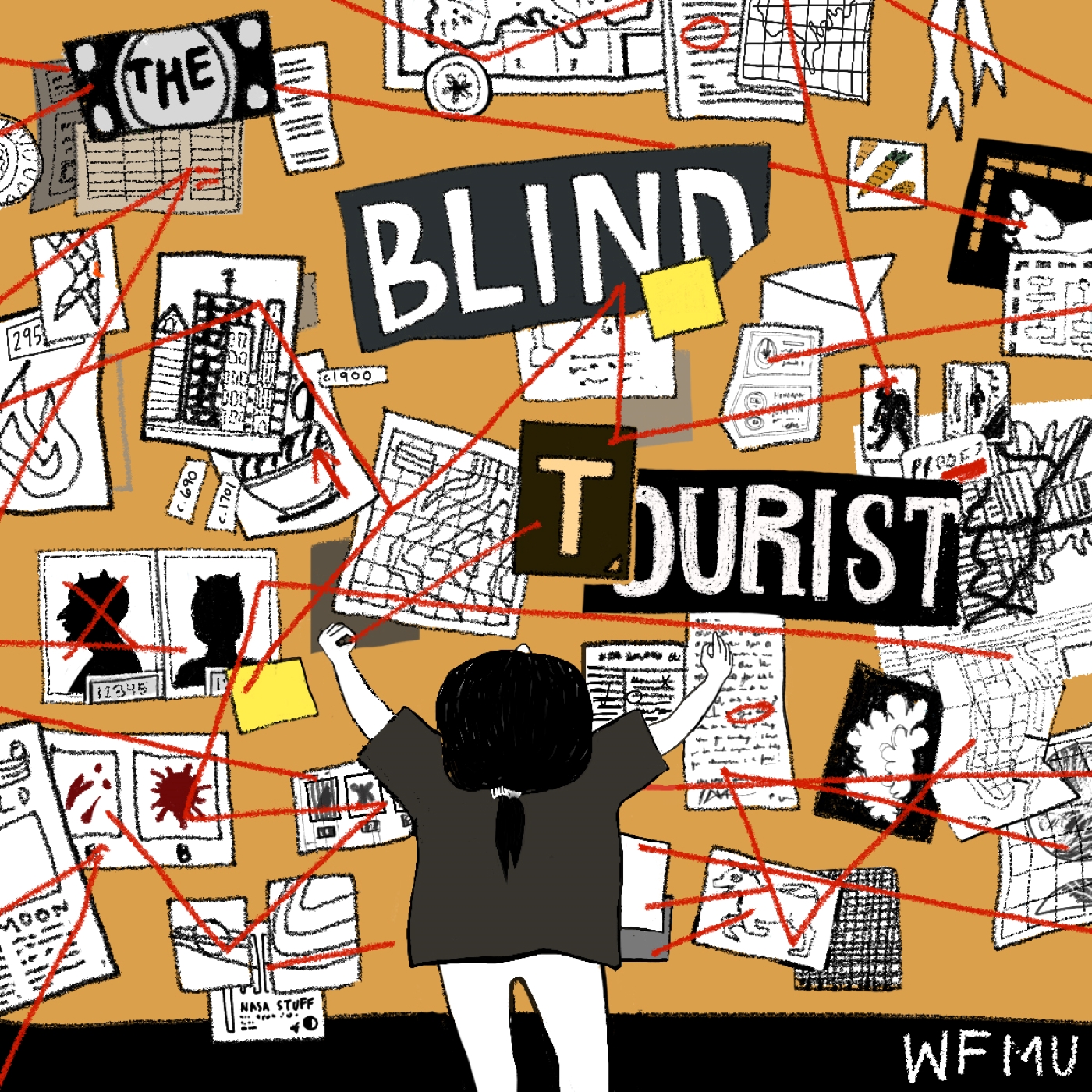Hugh Raffles from Aug 30, 2021
Description
Talking with author and anthropologist Hugh Raffles about Insectopedia!
Chris Watson - "Cracking Viscera"
Reading from Insectopedia, AIR
" On August 10, 1926, a Stinson Detroiter SM-1 six-seater monoplane took off from the rudimentary airstsrip at Tallulah, Louisiana. The Detroiter was the first airplane built with an eclectic starter motor, wheel, breaks and a heated cabin, but it was not a good clumber, so the pilot leveled off quickly, circled the airstrip and surrounding landscape, held open the specifically fitted sticky trap beneath the plant’s wing for the designated ten minutes, and soon returned to land. As he touched down, P.A. Glick and his colleagues at the Division of Cotton Insect Investigations of the US Bureau of Entomology and Plant Quarantine ran out to meet him.
It was a historic flight: the first attempt to collect insects by airplane. Glick and his associated as well as researchers at the department ofAgriculture and at regional organizations such as the New York State Museum, were trying to discover the migration secrets of gypsy moths, cotton bollworm moths, and other insects that were munching their way through the nations natural resources. They wanted to predict infestations, to know what might happen next. How could they contain these insect enemies if they didn’t know ehre, when, and how they traveled?
"
Pauline Oliveros, David Rothenberg & Timothy Hill - "As Many Inside as Outside"
- "Talking to Hugh Raffles"
David Dunn - "The Sound of Light in Trees: The Acoustic Ecology of Pinyon Pines"
Yarrow - "Death"
Jana Winderen - "The Listener"
- "Hugh Raffles: insects as insects"
- "Camilla Nelson: knowledge"
- "Hugh Raffles: On David Dunn's The Sound of Light in Trees"
Reading from Insectopedia, "The sound of global warming"
"Listen. They’re coming through loud and clear. Those squeaky chirps are the pinon engraver beetles. The female has a small, hard comb on the back of her head, which she grates against a scraper located under the front edge of her prothrax. The male makes sounds too, but no one is sure how. But more than just the sound of life in trees, the soundscape is the soundtrack to an epidemic. These nosy beetles are not merely symptoms of global warming, says Dunn and Crutchfield; they are also its cause. Dunn and Crutchfield see forest dynamics as a cybernetic feedback loop accelerating under conditions of climate change. With their relentless successful adaptive population dynamics, the insects drive the system past equilibrium. Decisive in feeling the forest and so releasing carbon stored in tree biomass and captured during tree growth, bark beetles become the accelerating motor of what Dunn and Crutchfield call “entomogenic climate change”
- "Jon Tjhia: on insects"
- "Melissa Pons: Danger of insects"
- "Hugh Raffles: Insect stories"
Black Dice - "Creatures"
Reading from Insectopedia "Nightmares" :
"“ There is the nightmare of swarming and a nightmare of crawling. There is the nightmare of burrowing and the nightmare of being seen in the dark. There is the nightmare of turning the overhead light on just as the carpet scatters. There is the nightmare of being without reason and the nightmare of being unable to communicate. There is the nightmare of their being out to get us. "
- "removing a bug from your ear ASMR"
Reading from Insectopedia "Nightmares" : "There is the nightmare of knowing and the nightmare of nonrecognition. There is the nightmare of not seeing the face. There is the nightmare of not having a face. There is the nightmare of too many limbs. There is the nightmare of all this, plus invisibility"
- "Hugh Raffles: Insect Research Funding"
- "Bots That Mimic Bugs: Part 1.1"
Renaldo And The Loaf - "Frass"
Money Mark - "Insects Are All Around Us"
Vashti Bunyan - "Timothy Grub"
- "Hugh Raffles: Closeness to Insects"
- "Jumpin
More Episodes
Angelo Badalamenti - "Dance Of The Dream Man" [Twin Peaks] [0:00:00]
- "interlude - it's 2011" [0:05:30]
Music behind DJ:
Aphex Twin - "#7" - Selected Ambient Works Volume II [Act I: What dreams?] [0:04:02]
Biosphere - "Chukhung" [0:12:40]
- "Abandoned Mystery Fun House - Hurricane Irma...
Published 06/20/22
Published 06/20/22
This is my last episode for the summer before I take some time off from the show. Figured the best way to go out is by falling asleep.......
Sarah Vaughan - "Tonight I Shall Sleep"
- "the sound of goats crossing the road"
- "Tiana waiting at the door"
- "Bec falling asleep"
- "water from...
Published 09/07/21


